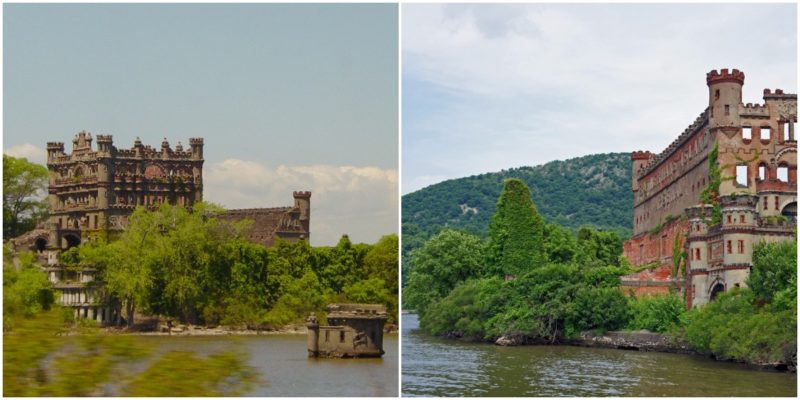Pollepel Island is located in the Hudson River, 50 miles (80km) north of New York City. In some cases, this island is referred to as Bannerman’s Island because of its main feature: Bannerman’s Castle.
The castle served as a military surplus warehouse and is now abandoned.
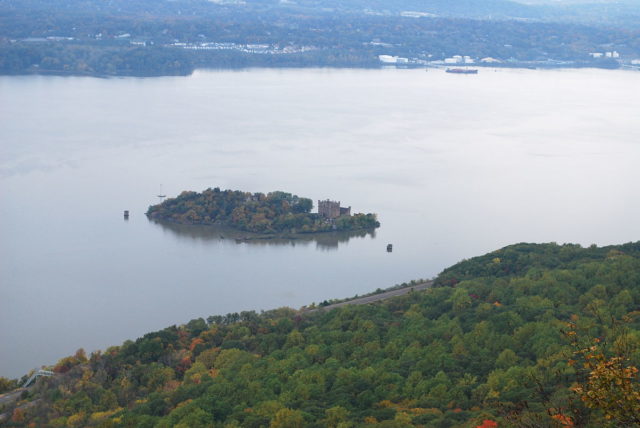

Successful surplus store business
The second-hand military shop business was started by Francis Bannerman VI. It began as store close to Brooklyn Navy Yard in New York.
The shop re-sold old Civil War equipment it had purchased at a low price from the army. The business started off strong and allowed Francis Bannerman VI to open three more shops in New York. In expanding his business, he also started buying and selling Spanish military equipment captured by the American army.
Records say that he actually bought 90 percent of the Spanish weapons and ammunition captured. Having 30 million cartridges of explosive material, it was impossible and very dangerous to store it in any of his shops or warehouses in New York. So naturally, he purchased an island.
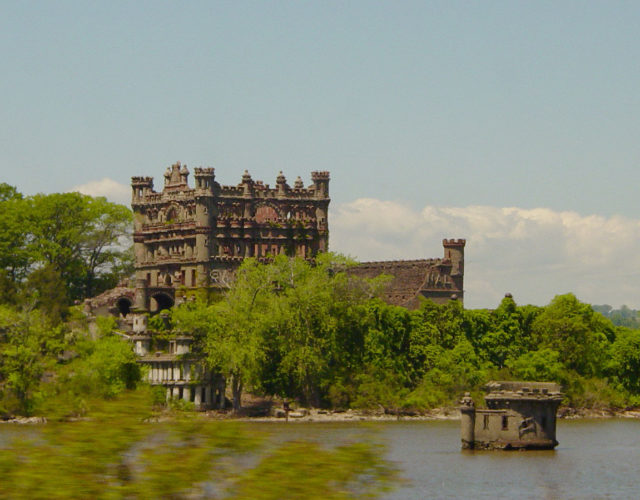
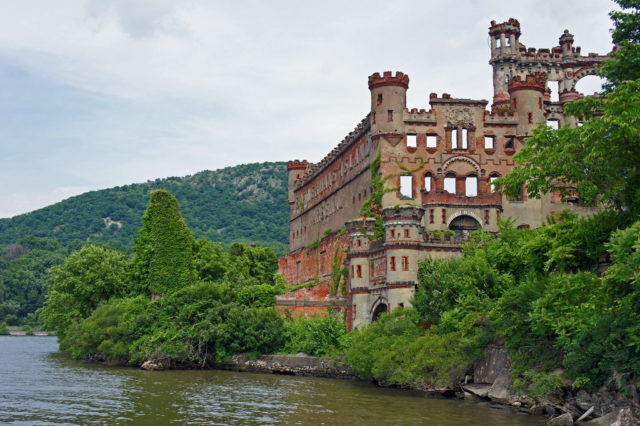
The Bannerman’s Arsenal
Before Bannerman bought the island, its only previous use had been for occasional summer picnics. The construction of the great castle arsenal on Pollopel Island began in 1901. The architect was Bannerman himself, leaving a mark on the building’s facade having it incorporated with a lot of military items from his collection.
Giving freedom to the builders to interpret them as they thought best. The whole plan envisioned three warehouses, a family residence, worker’s houses-all of them with turrets and a massive six story tower.
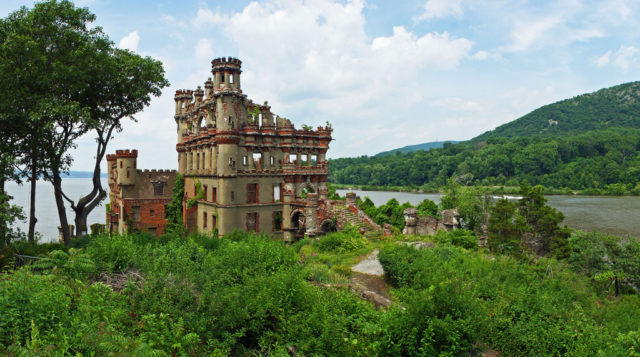
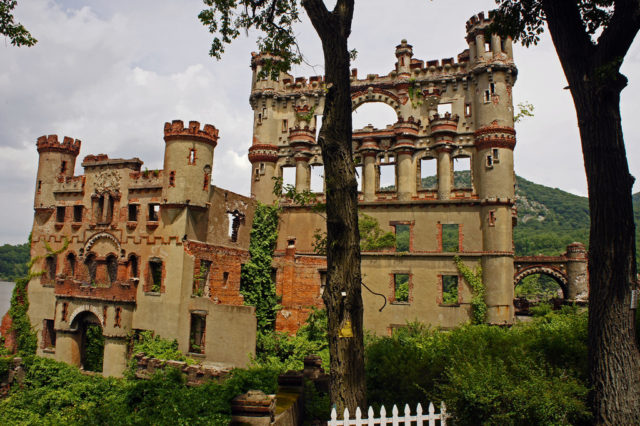
Explosive accidents
Although the arsenal was much more secure place, begin walled off, defended with a lot of guns if necessary, almost impossible to raid it except maybe with an army. And much safer place to store so much ammunition and guns than downtown Manhattan, accidents still happened.
Funny enough all of them happened after Bannerman’s death in 1918, at which time the construction of the arsenal stopped. In 1920, 200 tons of shells and gunpowder exploded destroying a portion of the complex, injuring three people and catapulting 26 feet long chunk of stonewall onto the shore of Hudson River, about 1,000 feet (300m) away.
The stone chunk damaged the railroad that ran along the river. Another time a cannon was fired, allegedly by mistake, it hit a barn and destroyed it, but this time there were no people or animals injured.
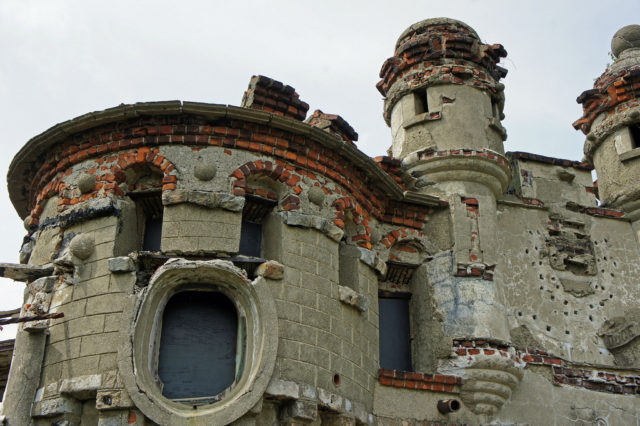
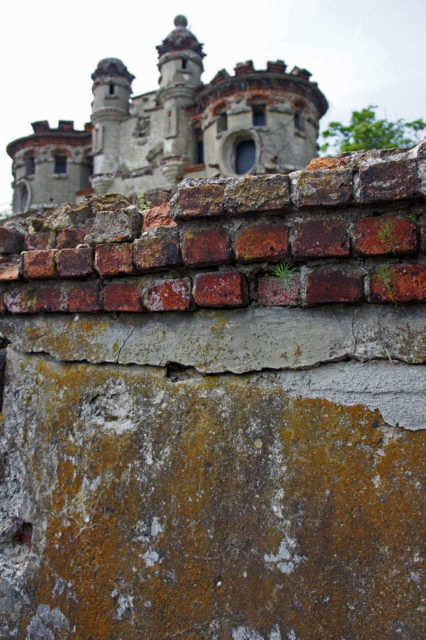
Castles legacy
The current status of Bannersman castle is unsafe and very dangerous, mostly in ruins. In December 2009 big part of the castle collapsed, an estimated 30-40 percent of the whole structure. However people still visit it and there are even organized walking tours on the island. What remains today more than anything is the great story of how and why this place was built.
